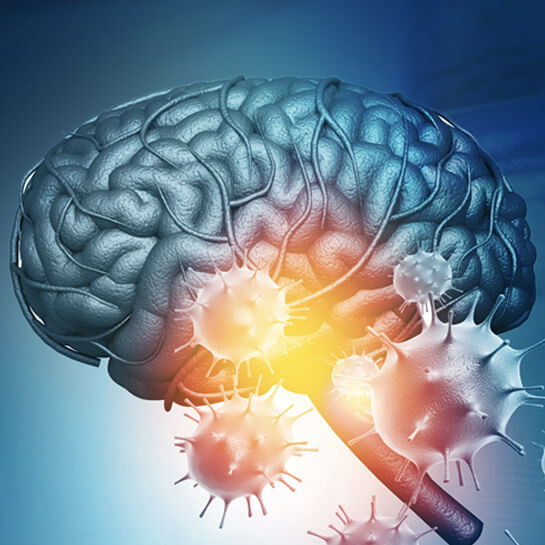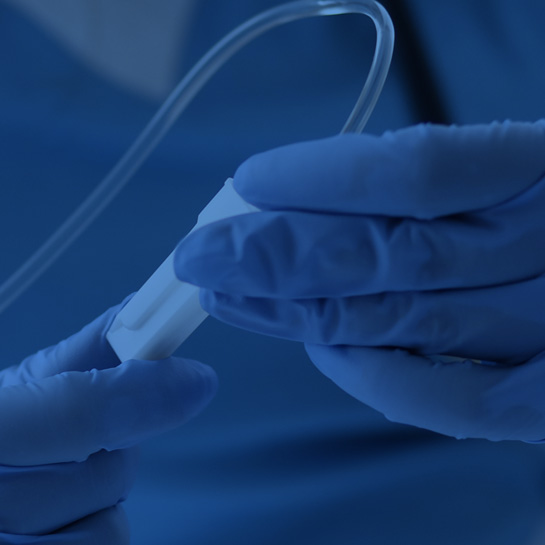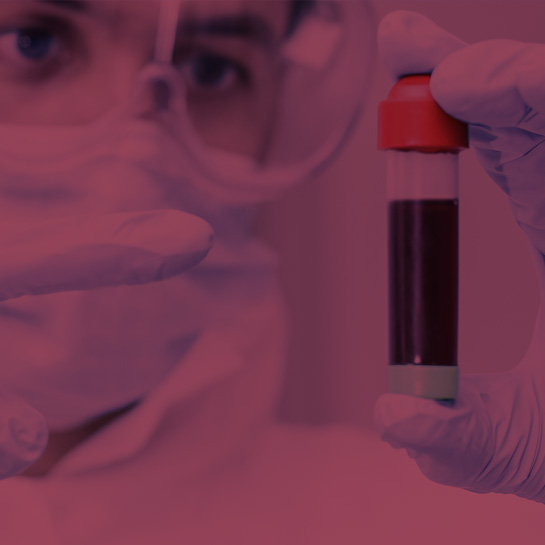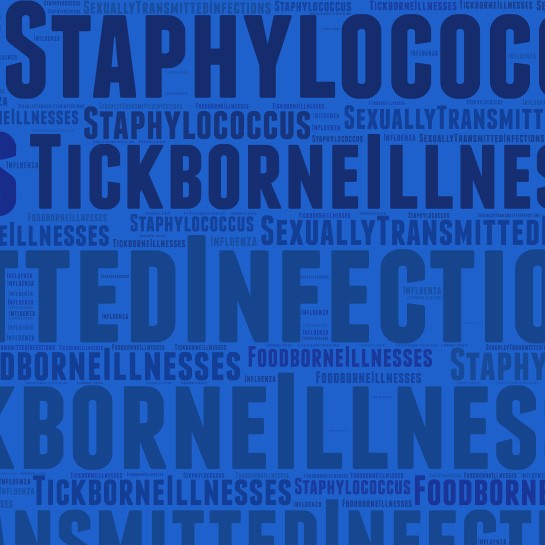Symptoms and Treatment
for Endocarditis
What is endocarditis?
Endocarditis is an inflammation of your heart’s inner lining. Most times, it occurs when bacteria, fungi, or other pathogens enter the heart after traveling through the bloodstream from another part of the body — some strains enter the body almost exclusively through the mouth. While bacterial endocarditis is rare in healthy hearts, you are at a higher risk of developing this infection if you have certain heart defects, artificial heart valves, a severe case of mitral valve prolapse, or abnormal or damaged heart valves. Bacterial endocarditis can damage the heart valves, and if left untreated, can be life-threatening.
What are the symptoms of endocarditis?
Depending on the type of pathogen causing your infection, symptoms of endocarditis have either a slow or immediate onset. Critical signs of endocarditis include flu-like symptoms such as fever and chills, shortness of breath, as well as fluid buildup in the arms or legs, tiny red spots on the skin, and unexplained weight loss.
How does ID Care diagnose endocarditis?
ID Care physicians identify endocarditis based on a comprehensive understanding of your medical history, the symptoms you’re experiencing, and results from blood tests, echocardiograms, or electrocardiograms (ECGs). These tests not only allow us to identify whether or not you’re experiencing endocarditis or another condition, but they also allow us to understand the status of your chest cavity.
How does ID Care treat endocarditis?
Like most infectious diseases, the earlier you seek and receive the right treatment — from the right specialists — the better your outcome will be. At ID Care, our physicians will design your treatment based on your test results to ensure you receive the most effective option for you. Most treatments for endocarditis involve high-dose intravenous (IV) antibiotics — which you have convenient access to every day of the year. Some individuals may need surgery, and if this applies to you, we will refer you to one of our affiliated hospitals.
SOURCE: Mayo Clinic








